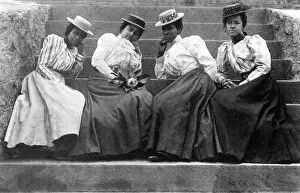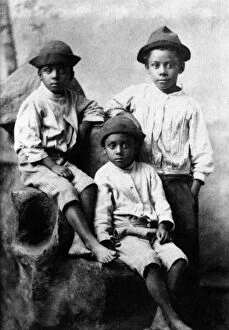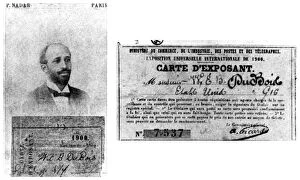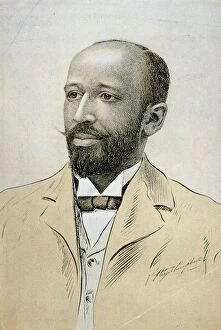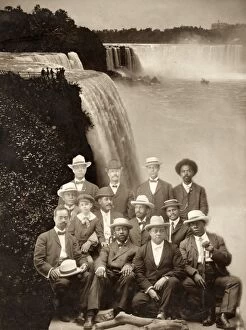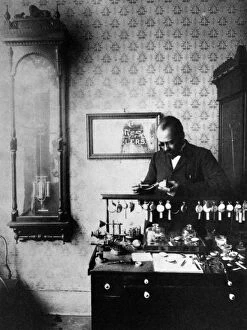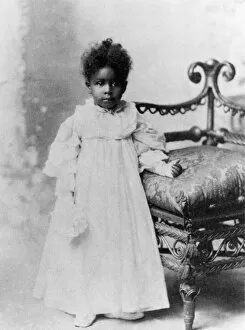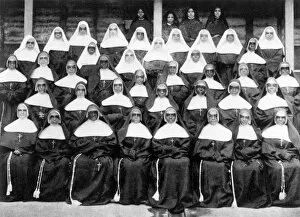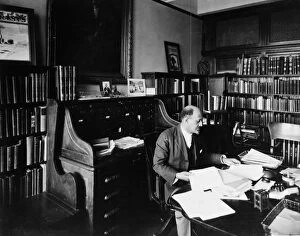"Remembering W. E. B. Du Bois: A Trailblazer in Education, Writing, and Activism" In this captivating collection of images from the late 19th century, we catch a glimpse into the world that shaped one of America's most influential figures - William E. B. Du Bois. As an educator, editor, and writer, Du Bois dedicated his life to breaking barriers and advocating for racial equality. The first photograph showcases four African-American women from the 19th century - a powerful reminder of the resilience and strength exhibited by black women throughout history. These unsung heroes undoubtedly played a significant role in inspiring Du Bois' work. Moving forward in time, we encounter a drawing of Du Bois himself from around 1910. His piercing gaze reflects his unwavering determination to challenge societal norms and fight for justice. Another image reveals founding members of the Niagara Movement superimposed over Niagara Falls - a symbolic representation of their groundbreaking efforts to combat racial discrimination at its core. Delving deeper into history, we witness a late 19th-century photograph capturing baseball players from Morris Brown College - highlighting how sports became an avenue for black individuals to showcase their talents amidst adversity. Three African-American boys captured in another photograph serve as poignant reminders that even children were not spared from prejudice during this era; yet they exude innocence and hope despite their circumstances. An enchanting portrait displays an African-American girl exhibited by W. E. B. Du Bois himself - emphasizing his commitment to showcasing the beauty and dignity within his community through various platforms. We also catch sight of Sisters of the Holy Family in another snapshot – exemplifying how faith played an integral role in empowering marginalized communities during challenging times. As we approach later years with photographs taken around the 1930s, we witness Du Bois' enduring spirit as he continues to inspire future generations through education and activism while photographed both alone and immersed within his study. W. E. B.

